Based on a life cycle approach, the development of products is subject to regulatory control at every stage. The European chemical industry is well regulated, with the European Union legal framework for chemicals recognized as one of the most advanced worldwide. However, nanomaterials raise a number of safety and regulatory questions. Nanocyl did not wait government focus and is committed to the safe and sustainable development of NC7000™ and NC7000™ formulated products by generating safety knowledge. By sharing those results with authorities Nanocyl contributes to development of specific regulatory framework.
Nanocyl is active in the follow up of new regulatory developments related to product safety.
Although there are no explicit requirements for nanomaterials under REACH (Registration, Evaluation, Authorisation and restriction of Chemicals) or CLP (Classification Labeling and Packaging), they meet the regulations’ substance definition and therefore the provisions apply. In 2011, the European Commission released a specific recommendation on the definition of a nanomaterial. The recommendation should be used in different European regulations, including REACH and CLP.
Like the EU, most of the industrial countries have put systems in place to register chemical substances and to require toxicological and eco-toxicological data before authorizing the marketing of substances on their territory. Worldwide, the requirements are similar to those of REACH in Europe and dossier should be submitted and analyzed by the authorities in order to get the authorization. The main difference compare to EU is the fact that each company should submit a dossier while in the EU joint submission is recommended.







